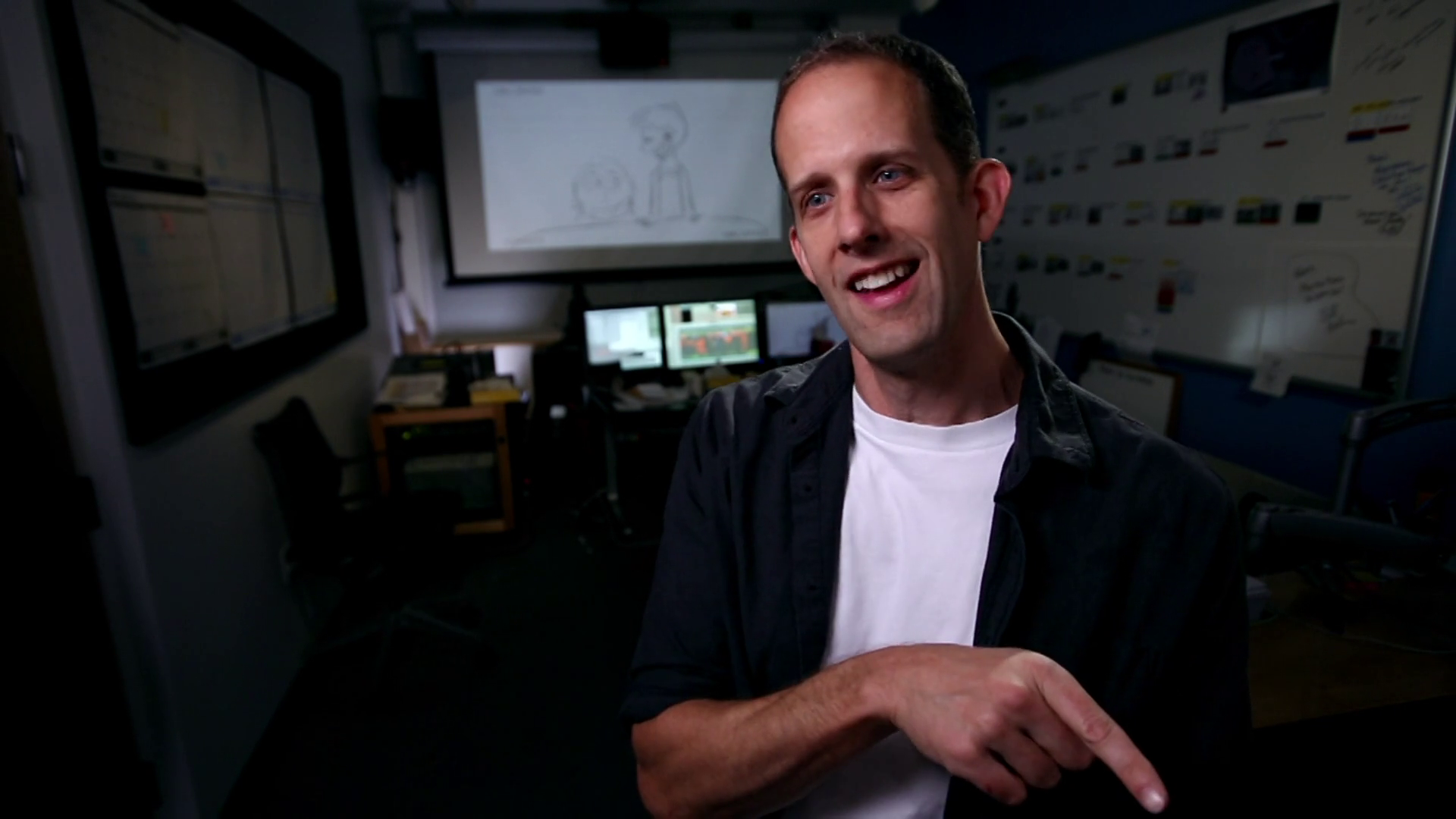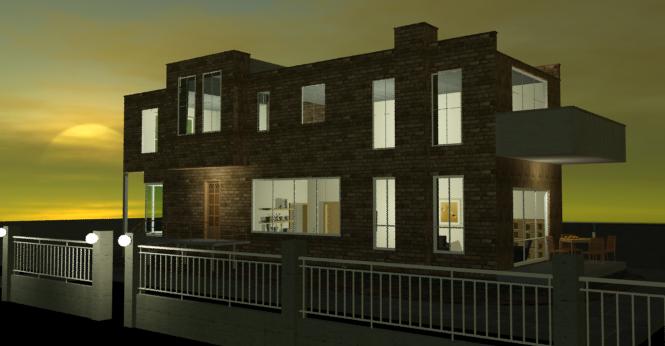[ITEM]

 [/ITEM]
[/ITEM]


3ds Max Gotovie Sceni Rating: 4,9/5 8974 reviews
I need some help tweaking the Autodesk Viewer UI. I am working on the files as provided by a localised version output from. I have not done any custom editing.
I need help locating the relevant code and suggestions for the changes in the following areas: • The Model Browser docking panel. This opens by default with the first group in the tree Expanded (see picture).
I want this first element and all other elements to open by default as Collapsed, so just the parent names are shown. Game baseball heroes offline pc. • Staying in Model Browser.
Scene Explorer provides a modeless dialog for viewing, sorting, filtering, and selecting objects in 3ds Max, as well as additional functionality for renaming, deleting, hiding, and freezing objects, creating and modifying object hierarchies, and editing object properties en masse.
The Scroll Bars, (seen when model elements names are listed beyond the Model Browser window size) display correctly in the Opera and Chrome browsers, however, they display unstyled as wide windows style scroll bars in the Firefox browser. What is needed for Firefox to display scrollbars as intended? • What code might override camera zoom property AFTER correctly loading default zoom value? The viewer version from imports the scene camera properties for the start view ok, but overrides the Zoom property with another value shortly after intial page load.
The Scene States feature provides a fast way to save different scene conditions with various lighting, camera, material, environment, and object properties that can be restored at any time and rendered to produce numerous interpretations of a model. • Right-click to open the quad menu. > Display (upper-right) quadrant > Manage Scene States • Standard menu: Tools menu > Manage Scene States You save and restore scene states with the, which makes it a convenient way to quickly compare how different parameter settings affect how each scene looks.

Because scene states are saved with the MAX file, they are easily accessible to everyone on a design team. Scene states also allow you to experiment with different scene setups without having to save the entire MAX file each time a change is made. This means you don't need to open and close files in order to render different conditions of the same model. As well, scene states do not add to the size of the file. When you save a scene state, you can choose which aspects of the scene to record: • Light Properties Light parameters such as color, intensity, and shadow settings are recorded with the scene for each light or luminaire. • Light Transforms Transforms such as position, orientation, and scale are recorded for each light. • Object Properties Current Object Properties values are recorded for each object.
This includes settings for Advanced Lighting and mental ray. • Camera Transforms Camera transform modes such as position, orientation and scale are recorded for each camera. • Camera Properties Camera parameters such as FOV and depth of field, including any corrections made by the are recorded for each camera. • Layer Properties Records the settings for each layer in the Layer Properties dialog at the time the scene state is saved. • Layer Assignment Records each object's layer assignment.
• Materials All materials and material assignments used in the scene are recorded. • Environment Records these: Background, Ambient, and Tint colors; Global Lighting Level; Environment Map; Environment Map on/off state; Exposure Control rollout settings. Tips for Managing Scene States • When first becoming familiar with scene states, minimize changes to make it easier to keep track of what each scene state contains. • Saving all scene aspects in a scene state allows you more flexibility when restoring. When you include all the parts of the scene, you can choose to restore all or just a few of the aspects that were originally saved.
• Additions made to a scene after a scene state has been saved affect how the restored scene will render. For example, say you already have a scene state named Omni that contains omni lights. You then decide to save another scene state named Free Spot that contains a free spot light. When you restore the Omni scene state, the scene will contain both the omni lights and the free spot light. If you decide to add other lights to the scene that you don't want to render with the existing lights, you need to remember to turn off the new lights and overwrite any existing scenes that have Light Properties saved.
- Author: admin
- Category: Category
Search
Top Articles
- Fluke Power Log 27 Software
- Descargar Quien Quiere Ser Millonario Editable
- Download Gratis Game Onet Untuk Android Dan Pc
- Proshivka Radara Str 8500
- Katalog Cvetov Ral Wcp Sayerlack Italiya
- Trafaret Krasivij Russkij Alfavit
- Bakoma Tex Free Download Crack
- Ea Sports Fifa 12 English Commentary Patch
- Iclone 55 Pro Keygen
- Installation Password For Doulci Activator 25
- Eplan Software Full Version With Crack
- Skachatj Programmu Dlya Razdevaniya Fotografij
- Autocad 2007 Russkij Kryaknutij
- Yankelevich Yu I Pedagogicheskoe Nasledie

3ds Max Gotovie Sceni Rating: 4,9/5 8974 reviews
I need some help tweaking the Autodesk Viewer UI. I am working on the files as provided by a localised version output from. I have not done any custom editing.
I need help locating the relevant code and suggestions for the changes in the following areas: • The Model Browser docking panel. This opens by default with the first group in the tree Expanded (see picture).
I want this first element and all other elements to open by default as Collapsed, so just the parent names are shown. Game baseball heroes offline pc. • Staying in Model Browser.
Scene Explorer provides a modeless dialog for viewing, sorting, filtering, and selecting objects in 3ds Max, as well as additional functionality for renaming, deleting, hiding, and freezing objects, creating and modifying object hierarchies, and editing object properties en masse.
The Scroll Bars, (seen when model elements names are listed beyond the Model Browser window size) display correctly in the Opera and Chrome browsers, however, they display unstyled as wide windows style scroll bars in the Firefox browser. What is needed for Firefox to display scrollbars as intended? • What code might override camera zoom property AFTER correctly loading default zoom value? The viewer version from imports the scene camera properties for the start view ok, but overrides the Zoom property with another value shortly after intial page load.
The Scene States feature provides a fast way to save different scene conditions with various lighting, camera, material, environment, and object properties that can be restored at any time and rendered to produce numerous interpretations of a model. • Right-click to open the quad menu. > Display (upper-right) quadrant > Manage Scene States • Standard menu: Tools menu > Manage Scene States You save and restore scene states with the, which makes it a convenient way to quickly compare how different parameter settings affect how each scene looks.

Because scene states are saved with the MAX file, they are easily accessible to everyone on a design team. Scene states also allow you to experiment with different scene setups without having to save the entire MAX file each time a change is made. This means you don't need to open and close files in order to render different conditions of the same model. As well, scene states do not add to the size of the file. When you save a scene state, you can choose which aspects of the scene to record: • Light Properties Light parameters such as color, intensity, and shadow settings are recorded with the scene for each light or luminaire. • Light Transforms Transforms such as position, orientation, and scale are recorded for each light. • Object Properties Current Object Properties values are recorded for each object.
This includes settings for Advanced Lighting and mental ray. • Camera Transforms Camera transform modes such as position, orientation and scale are recorded for each camera. • Camera Properties Camera parameters such as FOV and depth of field, including any corrections made by the are recorded for each camera. • Layer Properties Records the settings for each layer in the Layer Properties dialog at the time the scene state is saved. • Layer Assignment Records each object's layer assignment.
• Materials All materials and material assignments used in the scene are recorded. • Environment Records these: Background, Ambient, and Tint colors; Global Lighting Level; Environment Map; Environment Map on/off state; Exposure Control rollout settings. Tips for Managing Scene States • When first becoming familiar with scene states, minimize changes to make it easier to keep track of what each scene state contains. • Saving all scene aspects in a scene state allows you more flexibility when restoring. When you include all the parts of the scene, you can choose to restore all or just a few of the aspects that were originally saved.
• Additions made to a scene after a scene state has been saved affect how the restored scene will render. For example, say you already have a scene state named Omni that contains omni lights. You then decide to save another scene state named Free Spot that contains a free spot light. When you restore the Omni scene state, the scene will contain both the omni lights and the free spot light. If you decide to add other lights to the scene that you don't want to render with the existing lights, you need to remember to turn off the new lights and overwrite any existing scenes that have Light Properties saved.
Search
Top Articles
- Fluke Power Log 27 Software
- Descargar Quien Quiere Ser Millonario Editable
- Download Gratis Game Onet Untuk Android Dan Pc
- Proshivka Radara Str 8500
- Katalog Cvetov Ral Wcp Sayerlack Italiya
- Trafaret Krasivij Russkij Alfavit
- Bakoma Tex Free Download Crack
- Ea Sports Fifa 12 English Commentary Patch
- Iclone 55 Pro Keygen
- Installation Password For Doulci Activator 25
- Eplan Software Full Version With Crack
- Skachatj Programmu Dlya Razdevaniya Fotografij
- Autocad 2007 Russkij Kryaknutij
- Yankelevich Yu I Pedagogicheskoe Nasledie
3ds Max Gotovie Sceni В© 2019